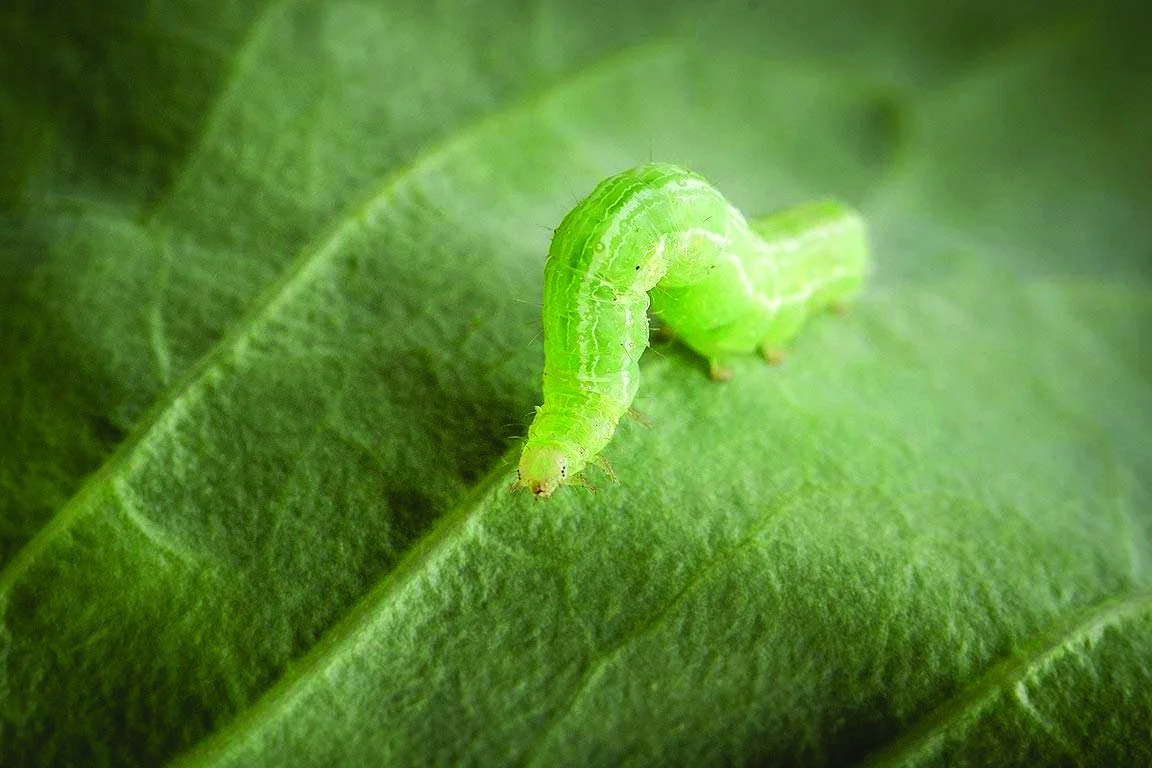Finding Resistance in the Saliva of Crop Pests
PENNSYLVANIA STATE UNIVERSITY
PROBLEM
Plant-eating insects have a variety of methods to inhibit the biological processes that plants use to defend themselves.
SOLUTION
Using cues derived from the insects’ saliva or excrement, scientists can trigger the plant defenses before the insects can impede them.
FUNDING
USDA NIFA AFRI
National Science Foundation
RESEARCHERS
Gary Felton, PhD, Pennsylvania State University
Dawn Luthe, PhD, Pennsylvania State University
Kelli Hoover, PhD, Pennsylvania State University
Cristina Rosa, PhD, Pennsylvania State University
Contrary to what many people think, plants don’t sit helplessly when attacked by insects. Tomato plants, for example, respond to injuries by producing hairs on their leaves that are sticky and contain toxic compounds to insects.
In response, insects have evolved attack mechanisms that turn off these defenses before they can get started. Gary Felton, PhD, is leading a project that explores the mechanisms of both the defenses and attack mechanisms—how they turn on and off—to devise tools that farmers can use to protect their crops.
When caterpillars attack tomato plants, proteins in the insect saliva disarm the tomato defenses. The bacteria in Colorado potato beetle oral secretions have a similar function. Some plants, however, defend themselves more effectively than others.
Dr. Felton and his colleagues have identified another set of proteins in caterpillar saliva that signal to tomato plants to raise their defenses. They are now searching for the receptors in tomato plants that are sensitive to the proteins. The next step will be to identify the genetic regions responsible for these receptors, which would boost efforts to breed resistance in the plants.
“You may discover something in one insect and think it could apply to another. Sometimes it just doesn’t, even with closely related insects. There is so much diversity in insects; successful research does not involve generalizations.”

